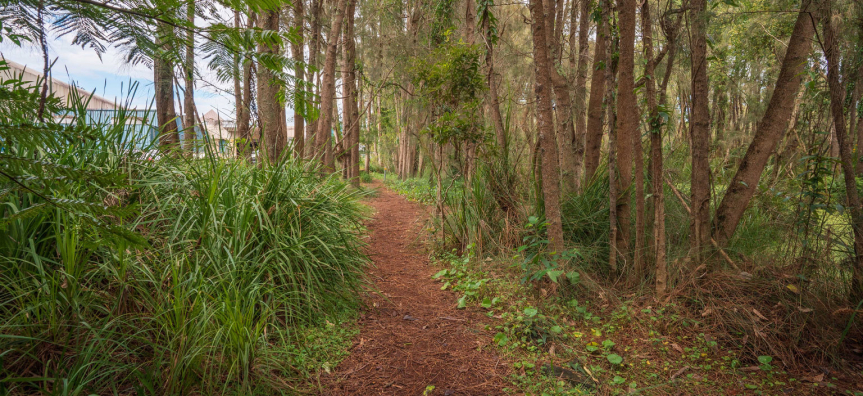
Fauna
Grey-headed flying fox - an important and protected native animal
This is one of several flying fox camps on the Northern Beaches. The grey-headed flying-fox is listed as a threatened species under state and federal law due to a significant decrease in their numbers in recent decades.
Flying-foxes are nocturnal, resting during the day in communal roosts or 'camps'. The camps can vary in size in response to the availability of flowers and fruits of rainforest and woodland trees.
They are important long-range pollinators and dispersers of seeds from these plants. In fact, the forests of eastern Australia and the wildlife they support (such as koalas) could not survive without the ecological services that flying foxes provide.
Flying foxes are now roosting and foraging more frequently in urban areas due to widespread habitat clearing and extreme weather which impacts food and water availability. Urban areas also provide a year-round source of readily available food such as flowering and fruiting street trees.
Council manages three flying-fox camps in accordance with the Northern Beaches Flying-fox Camp Management Plan. Learn more about the grey-headed flying fox here.
Environment
Water pollution
Due to urbanisation, surface water runoff and groundwater flowing into the catchments has increased significantly. This can cause negative impacts on the water quality of the wetlands. Many pollutants are long lasting in the environment and can be harmful to wildlife.
We all play a role in keeping pollution out of the environment. Find out what you can do to help keep our creeks, wetlands and ocean clean.
